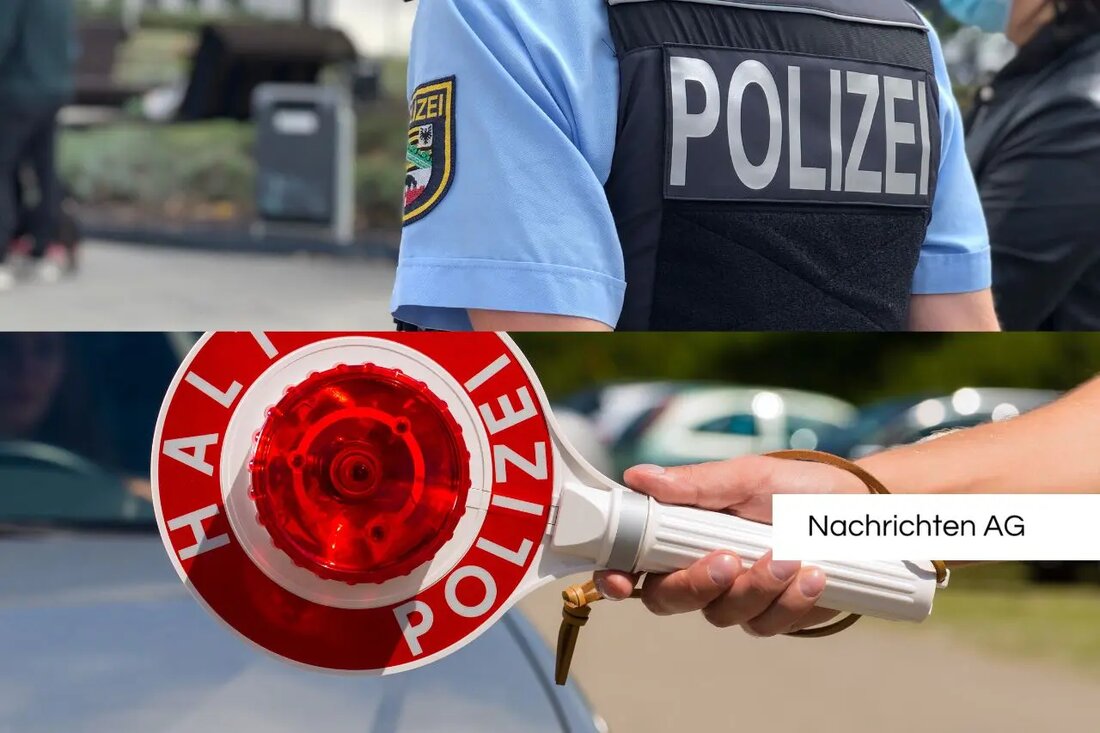Traffic bus on BAB 3: Danger to life for passengers!
Traffic bus on BAB 3: Danger to life for passengers!
On March 10, 2025, a television bus was stopped on the BAB 3, at the Montabaur rest area in Heiligenroth, which was on the way to Amsterdam. Officials from the Koblenz traffic directorate discovered during their control that the vehicle, which was over 15 years old not only had a structure and strongly swing up to the left, also had significant technical defects. The bus was occupied by 15 passengers and was classified as traffic -uncertain due to the defects found.
The drivers, two men from the Eastern European region, were unable to prove their steering and rest periods without gaps. It was found that they fall below the rest times and drove speeds of up to 130 km/h several times, although the permissible top speed was 100 km/h. A closer look at the vehicle revealed several heavy defects. Among them were non -repaired accident damage, a defect in the exhaust gas cleaning system and severe air loss. The considerable rust damage on the vehicle frame and on the axle frames, which had obviously not been remedied for a long time, were particularly alarming.
technical defects and consequences
The technical review also showed a significant oil loss to the engine and gearbox and defects in the air suspension, in particular damaged air spring balls of the rear axle. The alarming results led the drivers to be prohibited from continuing. The license plates and admission documents of the bus were ensured, and both the drivers and the company were displayed. In addition, the police officers proposed security payments totaling EUR 4,000.
The context of traffic safety
Similar security standards and technical controls are implemented not only in Germany, but also in other European countries. In Austria, for example, systematic travel controls for heavy traffic vehicles are carried out. A report by the Ministry of Transport dates from 2023 and shows that the number of technical controls from 142,602 in 2022 has dropped to 132,399 in 2023, while the number of more thorough controls has increased. Over 65 % of these more thorough controls showed considerable or dangerous defects, a value that stands out dramatically from the EU average of 7.6 %.The controls in Austria are an example of the high intensity of control that is sought in the EU. A network of specially trained experts ensures that the regulations on technical security and steering and rest periods are observed. These controls are of crucial importance to prevent manipulation on vehicles and emission reduction systems that represent an ongoing problem.
In this context, the constant revision of guidelines such as the "driver instructions for steering and rest in road traffic" is considered, which aim to improve the working conditions for drivers and increase traffic safety. The current revision has 12 pages and contains important information for both drivers and control services.
The coordinated approach in the European countries shows the common duty to make the transport more secure and at the same time prevent conflicting practices. This requires a high degree of cooperation and information exchange among the Member States.
| Details | |
|---|---|
| Quellen | |


Kommentare (0)